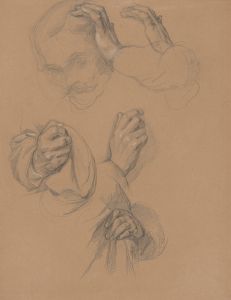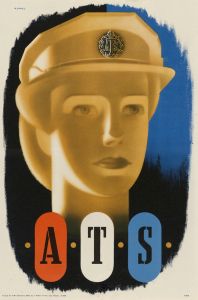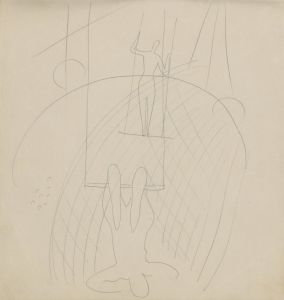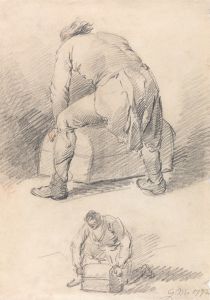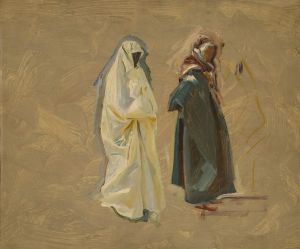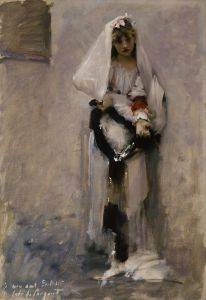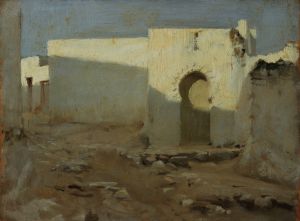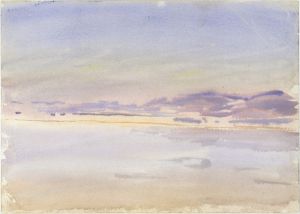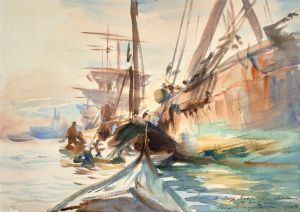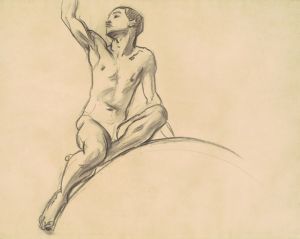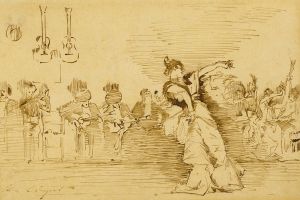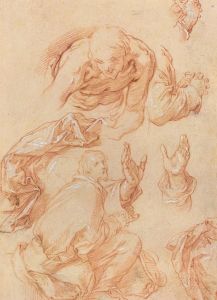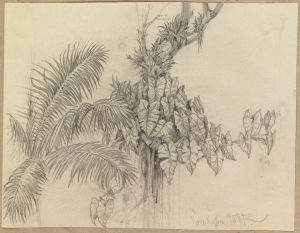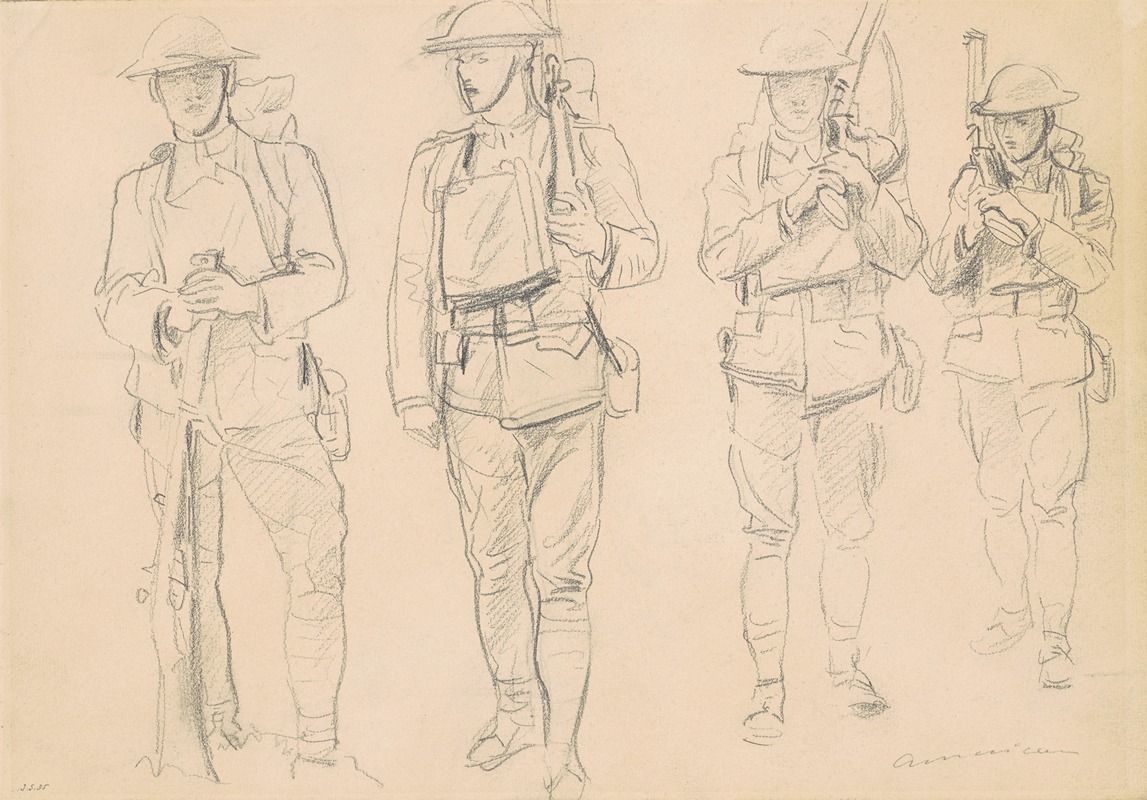
Studies for ‘Entering the War’
A hand-painted replica of John Singer Sargent’s masterpiece Studies for ‘Entering the War’, meticulously crafted by professional artists to capture the true essence of the original. Each piece is created with museum-quality canvas and rare mineral pigments, carefully painted by experienced artists with delicate brushstrokes and rich, layered colors to perfectly recreate the texture of the original artwork. Unlike machine-printed reproductions, this hand-painted version brings the painting to life, infused with the artist’s emotions and skill in every stroke. Whether for personal collection or home decoration, it instantly elevates the artistic atmosphere of any space.
John Singer Sargent, an American expatriate artist renowned for his portraits, landscapes, and murals, created a series of studies titled "Studies for ‘Entering the War’" during the early 20th century. These studies are part of his preparatory work for a larger mural project commissioned by the Museum of Fine Arts, Boston. Sargent was tasked with creating a series of murals for the museum's rotunda and grand staircase, a project that spanned several years and became one of his most significant public commissions.
The studies for "Entering the War" reflect Sargent's meticulous approach to mural painting, where he explored various compositions, figures, and themes before finalizing the design. These preparatory works are crucial for understanding Sargent's creative process and his ability to translate complex themes into visual narratives. Although the specific mural "Entering the War" was not completed as part of the final installation, the studies remain valuable for their insight into Sargent's artistic intentions and the broader context of his work during this period.
Sargent's murals at the Museum of Fine Arts, Boston, collectively known as the "Triumph of Religion," were intended to explore themes of spirituality, human experience, and the intersection of different cultures and beliefs. The studies for "Entering the War" likely reflect Sargent's engagement with contemporary events and the impact of World War I, which had a profound influence on artists and intellectuals of the time. Sargent himself was deeply affected by the war, having served as an official war artist for the British government. His experiences on the front lines informed much of his later work, including the famous painting "Gassed," which depicts the aftermath of a mustard gas attack.
The studies for "Entering the War" are characterized by Sargent's dynamic use of composition and his skillful rendering of the human form. They demonstrate his ability to convey movement and emotion, capturing the tension and drama associated with the theme of war. Sargent's use of light and shadow, as well as his attention to detail, are evident in these works, showcasing his mastery of both drawing and painting techniques.
While the studies themselves are not widely exhibited, they are part of the broader collection of Sargent's works that contribute to our understanding of his artistic legacy. They offer a glimpse into the mind of an artist who was not only a master portraitist but also a keen observer of the human condition and the societal changes of his time.
In summary, John Singer Sargent's "Studies for ‘Entering the War’" are an important part of his oeuvre, reflecting his engagement with the themes of conflict and human experience. Although the final mural was never realized, these studies remain a testament to Sargent's artistic vision and his ability to capture the complexities of the world around him.





